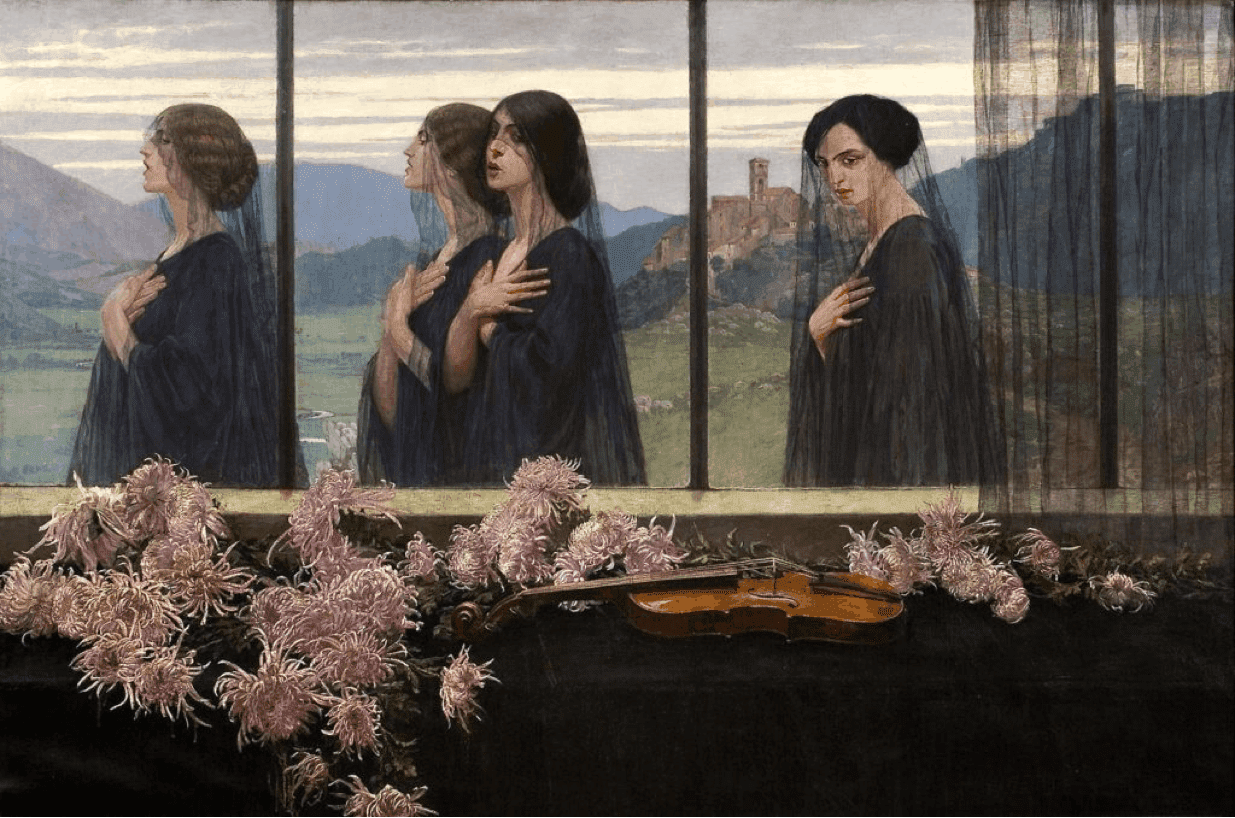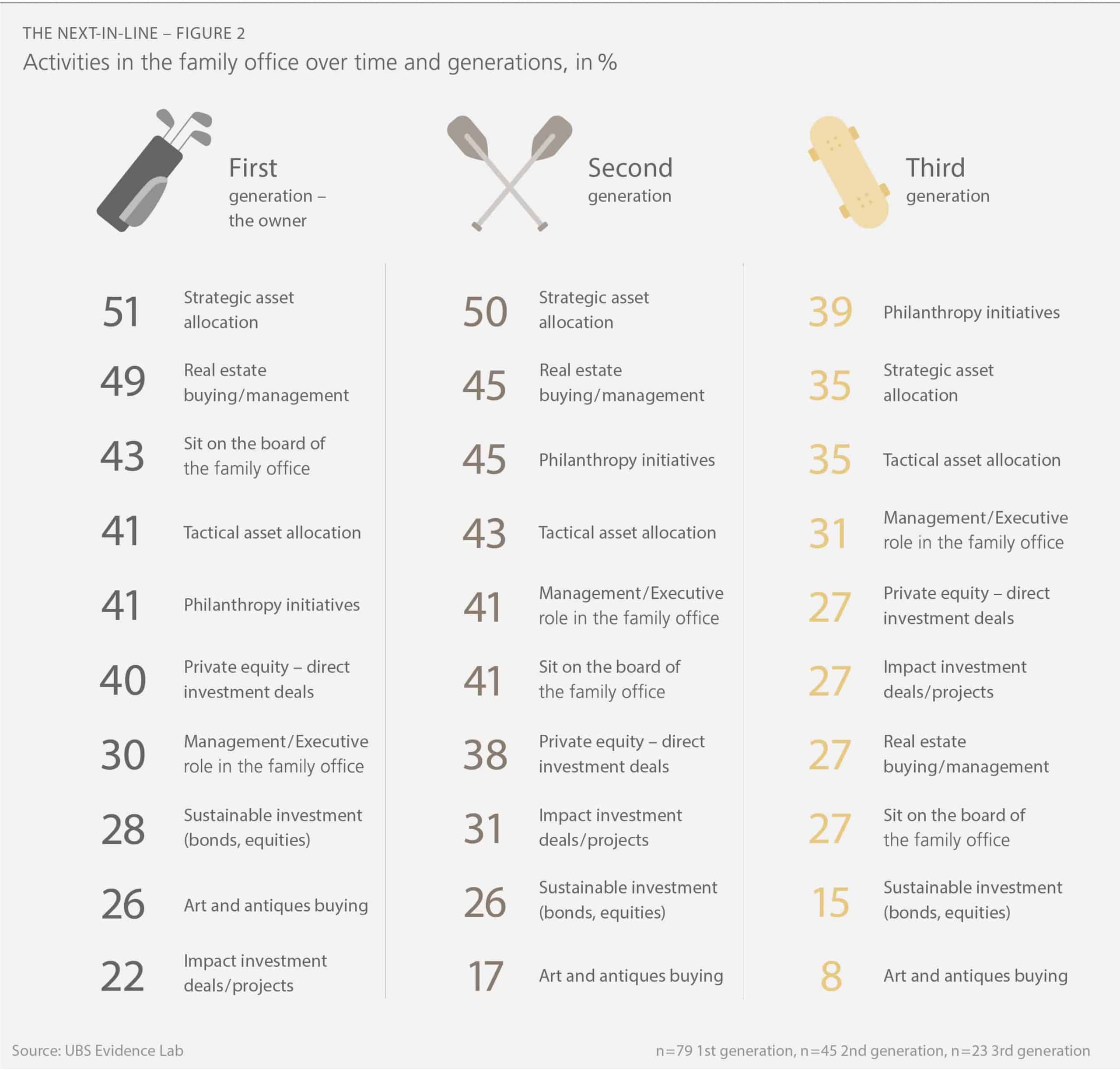2020 year-end estate planning: art collection planning in times of uncertainty

As the end of the year approaches, it is an ideal time to look at finances, tax assessment, estate planning, and, of course, your holiday gifts. As art collectors ourselves, we understand the intricate balance between the emotional motivations and financial footprint of each art treasure hunt. No investment, let alone guerdon, is held entirely for economic reasons or emotional ones. Hence, the key to succession planning of a collection is, first and foremost, to understand the collector’s vision and innermost wishes. And from there, build a strategy into cash or into the future.
The Big Picture
With over $1.74 trillion USD of art and collectible wealth currently held by UHNWIs (6% of the assets held in global wealth portfolios), it is estimated that over the next decade, more than 14,000 UHNWI (defined as those with assets, excluding their main property, worth over $30 million USD) are expected to transfer their wealth to the next generation, which is likely to include art and collectible wealth. This will be the greatest transfer of wealth the world has ever seen.[1] Usually, collectors are actively involved in numerous legal, financial, practical, tax, and administrative aspects associated with maintaining their collection. However, only 67% of these individuals have discussed an estate plan for their art-related wealth and collections.[2]
With this transfer of hands, a change in taste is inevitable. In a study published in 2020 by UBS, family offices are already witnessing a shift of asset allocation with the next-in-line members taking control. Despite 69% of family offices reporting that the different generations have different passions, the desire to preserve wealth spans generations, as this report states[3]:

Drew Watson, an art services specialist at Bank of America, said “there is a cultural difference between pre-boomer collectors, motivated by “connoisseurship and aesthetic appreciation,” and subsequent generations, who had “more of an awareness of the financial component of art.” As a result, boomer collectors have been less inclined to donate art to museums, either public or private, and lose a leverageable asset. [4]
Why Art Succession Planning Matters
Beyond the obvious reasons why estate planning matters, art succession planning goes one-step further:
- Empowers the collector to take an active role in the estate planning process.
- Addresses the artistic and financial value of the collection.
- Avoidance of family disputes over the division of art assets once appraisal values are obtained.
- Protects the beneficiaries from expensive taxes and art management workload.
- Ensures the artistic vision of the collector survives over time and family.
The collection’s future is determined not only by its cultural and financial significance, but also by the needs and desires of those who are involved, beginning with the collector and his or her immediate family. [5]
The Options
The key is to craft provisions or mechanisms before disposition to ensure fairness, dodge legal battles and avoid leaving financial problems to your family. Some of the strategies are:
Auctioning: It is the quickest but least efficient way to manage an inherited collection, as the capital gains tax on art and collectibles is up to 28%. You will also be responsible for paying a sales commission, taxes, and possibly shipping. If you know your family is interested in selling all or parts of your collection, it is best if you are a part of the planning process, since your family may not be aware of your art collection pricing. If the pieces are sent to an auction, they could be sold at much lower than market value. Secondly, you want to have a say in the next person or organization that will partly or wholly take care of the collection. Furthermore, are you sure you want your kids to heartlessly auction your one-in-a-lifetime Modigliani trophy to buy 30 Bob Square-pants paintings instead?
However, if the decision to sell is made after you pass, then the capital gains tax might be reduced or eliminated because the value of the art collection has increased at the time of death, from the time of purchase. Still, this method is one of the most used, as the recent analysis of ArtTactic reports $3.56 billion USD in Single owner auctions from 2016 to 2019.[6]
Trust: Easily established, Trusts offer flexibility to meet individual needs, no restrictions on assets or geography through a confidential and private arrangement. The beneficiaries can have legal recourse to trustees to ensure the smooth devolution of assets on death and have variable perpetuity. Furthermore, depending on the jurisdiction, effective asset protection. Some offshore legal locations such as The British Virgin Islands, Hong Kong or Nevis can offer attractive taxation systems, enhanced asset protection, confidentially in politically stable environments.
LLC: In this case, the heirs own interest in the LLC instead of owning a piece of art. For instance, if the heirs (although likely your family, do not need to be blood-related) decide to sell one piece, they will split the profits evenly. This is how you can avoid choosing specific art pieces for specific family members, and having the artwork’s value as bias within the opinions. The collector can also appoint a manager (or multiple managers) to maintain, sell, or purchase the collection assets properly.
Foundation: Foundations are a less familiar concept than Trusts. They are sometimes described as a hybrid of a Trust and a company. A foundation resembles a company in that it is a body corporate (albeit without shareholders) with a separate legal personality that owns its own property like a company. A foundation is governed by a council that will precisely follow the collector’s directives to manage the artworks.
Donation: A collector can donate the artworks to a Charitable Remainder Trust (which is exempt from income tax) and instruct the CRT to sell the art. If a collector chooses this route, it is essential to consider whether to donate the art during life or at death, depending on the tax and legacy benefits brought from each via.
If donated at death, it is crucial to previously discuss with the institution receiving the goods and consider some deaccessioning events that have recently taken place in museums and other cultural institutions. To avoid disappointment, consider exploring The Museum Fund, a public charity with an active management approach for the benefit of non-profit organization members, namely museums and other cultural organizations, by supporting their collections, endowments, and aspiring programs.
Life Assurance to cover Inheritance and Bequeathing Taxes: Considered one the most expensive route, this route does not avoid the inheritance and bequeathing tax but provides the funds to the collector’s heirs the funds to pay for the taxes generated from the transfer of title of the collection. However, this route must be planned very early in the collector’s life, as new policies for people over 40 years old are costly, diminishing the strategy’s efficiency.
Your Own Museum: Ambitious and challenging, this channel should be carefully planned with the addition of an endowment to provide financial and legal sustain long after you are gone. It is advisable for the collection to be large enough to justify the upkeep and high costs of opening and everyday running of a new museum. Consider a financial model such as The Museum Fund to plan a robust endowment. Endowments have become a serious concern among museums all around the globe due to performance-limiting factors in fundraising such as:
- museum’s dependency on the founder’s or corporate resources
- lack of governmental funding and private donor support
- aging boards
- the escalating price of ambitious art programming
- the rise of operational costs from recruiting and retaining top talent
- the increase of promotional and marketing expenses
In addition, competition for donation is voracious, there are over 317 privately funded contemporary art museums around the world, only 1/5 of them have opened in just the last past 5 years.[7]
Regardless of the size of an art-related estate, a primary estate plan is an essential step toward addressing fundamental issues such as the disposal of assets, charitable bequests, and responsibilities for carrying out the express wishes of the deceased. Have you given a thought to what you want to do with yours? Get in touch with us to find out which is the best route for you.
At the end of the day, where there’s a will, there may be a Monet.


[1] Picinati di Torcello, Adriano, et al. “Section 2 – Art & Wealth Management.” Deloitte Art and Finance Report 2019, vol. 6th Edition, 2019, pp. 98. www2.deloitte.com/content/dam/Deloitte/lu/Documents/financial-services/artandfinance/lu-art-and-finance-report-2019.pdf.
[2] Ibid.
[3] Stadler, Josef. “Global Family Office Report.” UBS Global Wealth Management, 2020, p. 30, www.ubs.com/global/en/wealth-management/uhnw/global-family-office-report/global-family-office-report-2020.html.
[4] Reyburn, Scott. “A ‘Great Wealth Transfer’ Is Coming. What Will It Mean for Art?” The New York Times, 19 Dec. 2019, www.nytimes.com/2019/12/18/arts/design/great-wealth-transfer-art.html.
[5] Lumbreras, Javier. The Art of Collecting Art. Mexico: Fomento Cultural Banamex, 2011. Print. P. 361.
[6] Petersen, Anders. “Single Owner Collection Auction Analysis.” ArtTactic, Sept. 2019, pp. 3–4, arttactic.com/product/single-owner-collection-september-2019.
[7] Larry’s List. “Private Art Museum Report.” Larry’s List, 2016, p. 17.
